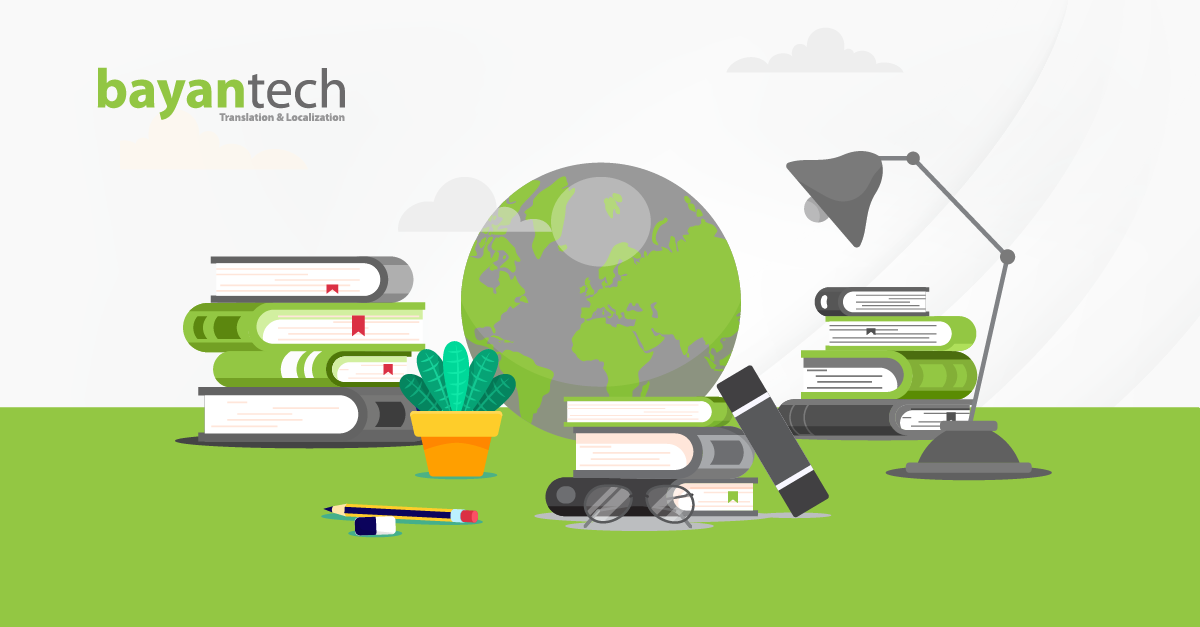Some of the world’s greatest books might never have been discovered or loved by millions without translation.
Behind every global classic is a literary translator, carefully carrying over every emotion and figure of speech so readers everywhere can feel the story just as it was meant to be.
In this article, we’ll explore the 10 most translated books of all time and how many languages they’ve reached.
Let’s dive in!
The Most Translated Books in the World (Listed In No Particular Order)
Did you know that the Bible holds the record as the most translated book in history, with full versions in over 700 languages?
However, it’s not the only work that has traveled the globe. From 19th-century classics to modern bestsellers, some stories have travelled across cultures to capture readers everywhere.
Here are the world’s most translated books:
- The Little Prince – Antoine de Saint-Exupéry
Originally written in French | Translated into 600+ languages
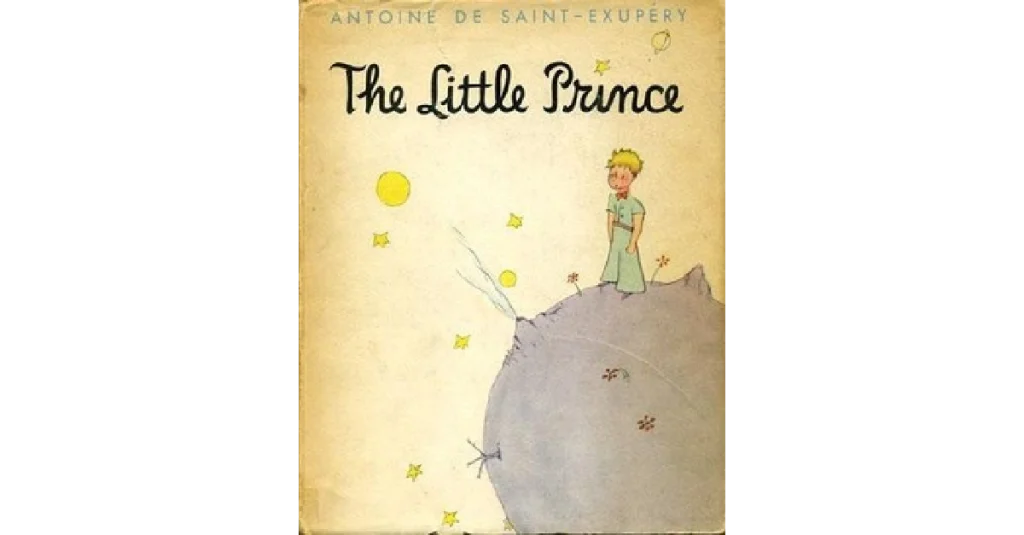
With over 600 translations, The Little Prince is a timeless tale that blends childhood imagination with profound philosophy. Much like the Little Prince’s own journey across planets, its universal themes of love, friendship, and human values have traveled the globe, making it beloved by children and adults alike.
- Pinocchio – Carlo Collodi
Originally written in Italian | Translated into 260+ languages

The story of a wooden puppet who longs to become a real boy carries timeless moral lessons. With Pinocchio’s nose growing longer at every lie, Le avventure di Pinocchio explores themes of honesty and the consequences of choices, crafted as carefully as Geppetto carved his puppet.
- The Adventures of Asterix – René Goscinny & Albert Uderzo
Originally written in French | Translated into 100+ languages
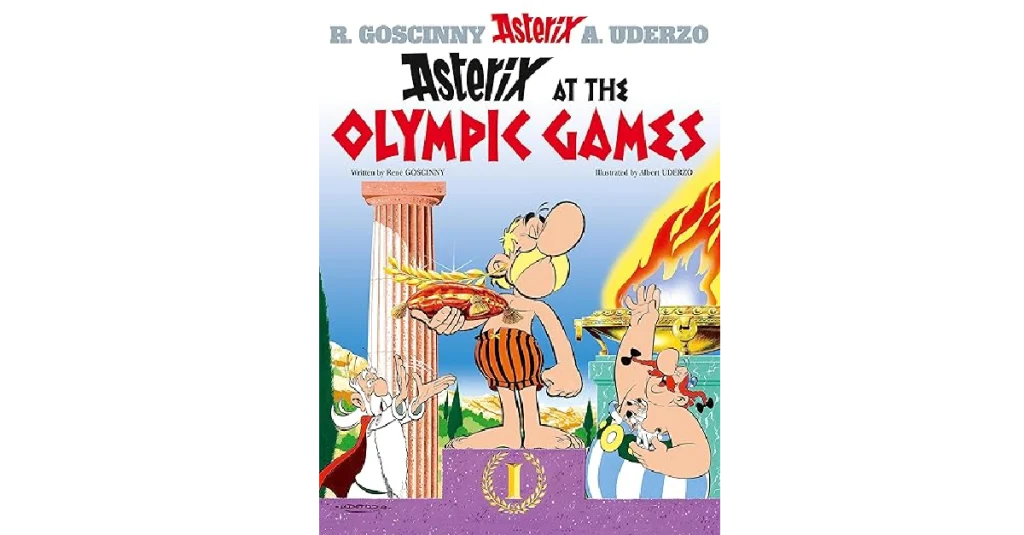
The comic adventures of Asterix and his fellow Gauls, forever resisting Roman conquest, are packed with satire and cultural references. These stories continue to engage readers in every language.
- The Adventures of Tintin – Hergé
Originally written in French | Translated into 110+ languages
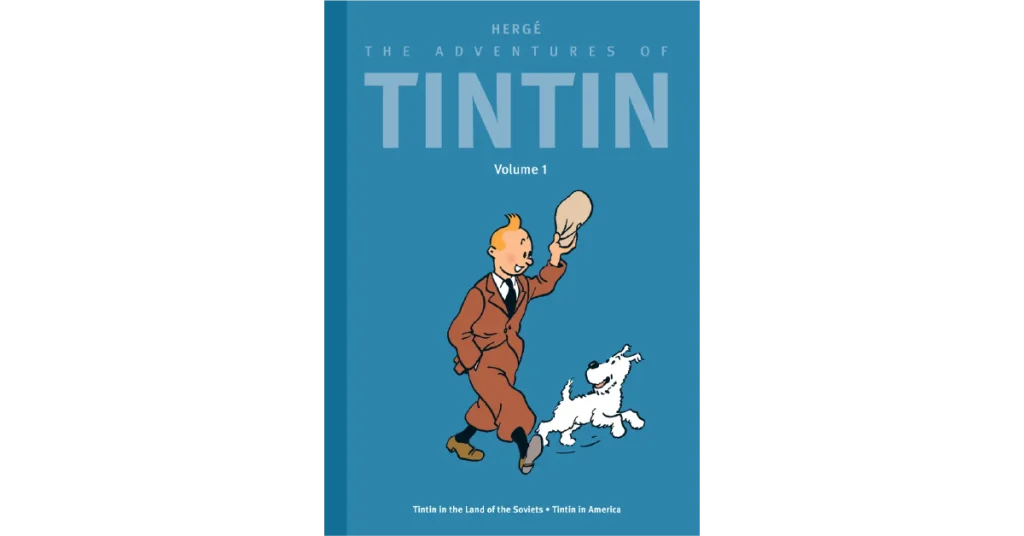
Tintin’s adventures, joined by his loyal dog Snowy, mix mystery, travel, and humor in equal measure. From conspiracies to chasing treasure, the young reporter’s stories have crossed borders just as easily as he did.
- Tao Te Ching – Attributed to Laozi (or Lao Tzu)
Originally written in Chinese | Translated into 250+ languages

Written in the 6th century BC, Tao Te Ching is the foundation of Taoism, a philosophy that teaches harmony with the natural flow of life. The book’s timeless wisdom attracts scholars and spiritual seekers worldwide to this day.
- Harry Potter series – J.K. Rowling
Originally written in English | Translated into 80+ languages
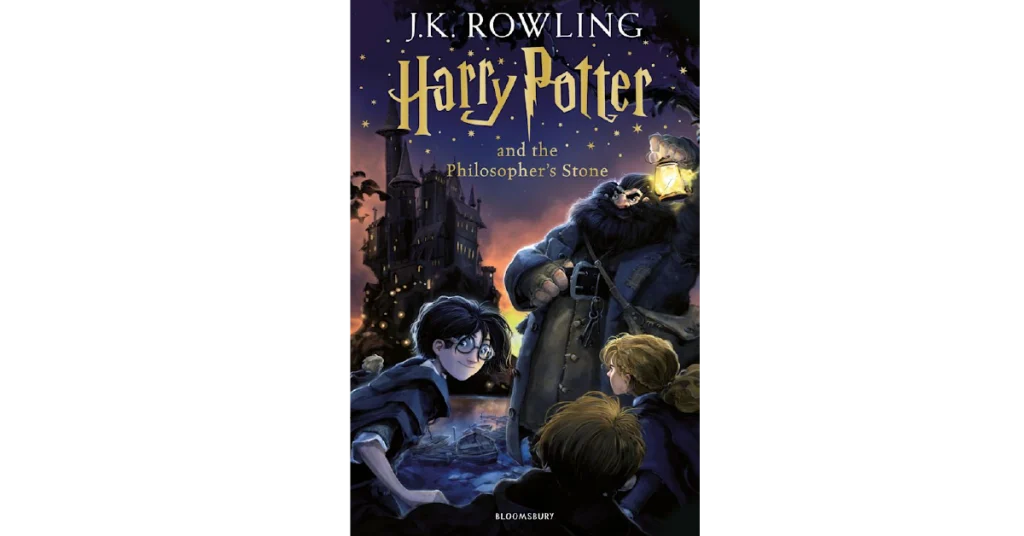
The magical saga of Harry Potter and his fight against Lord Voldemort became a global phenomenon, exploring themes of friendship, courage, and identity. It opened the door to a world that readers of all ages find comfort in and still return to.
- Andersen’s Fairy Tales – Hans Christian Andersen
Originally written in Danish | Translated into 125+ languages
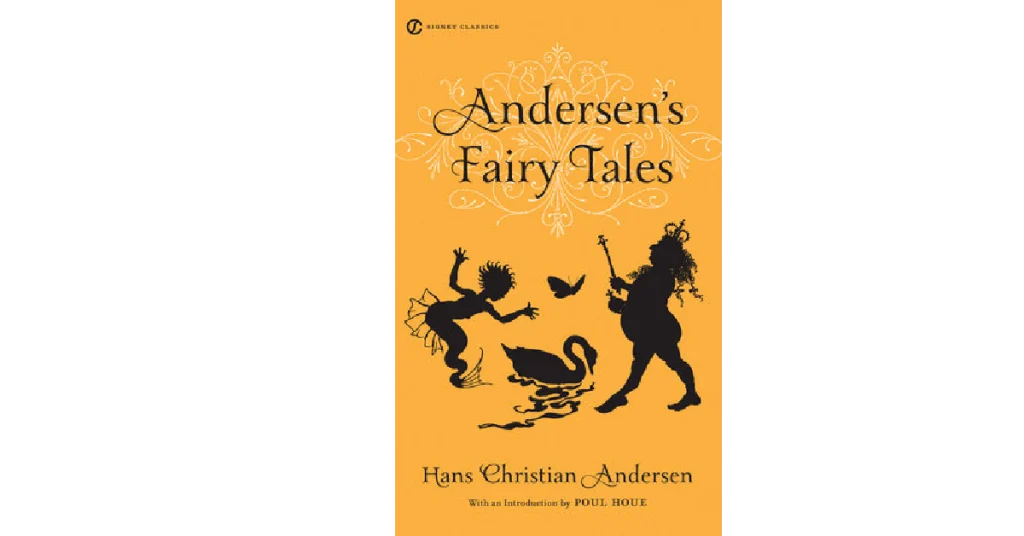
Andersen’s fairy tales include classics such as The Little Mermaid, The Ugly Duckling, The Emperor’s New Clothes, and The Little Match Girl.
These timeless stories mix fantasy with moral lessons. Their adaptations into films, theater, and ballet cemented Andersen’s global influence on children’s literature.
- Don Quixote – Miguel de Cervantes
Originally written in Spanish | Translated into 140+ languages
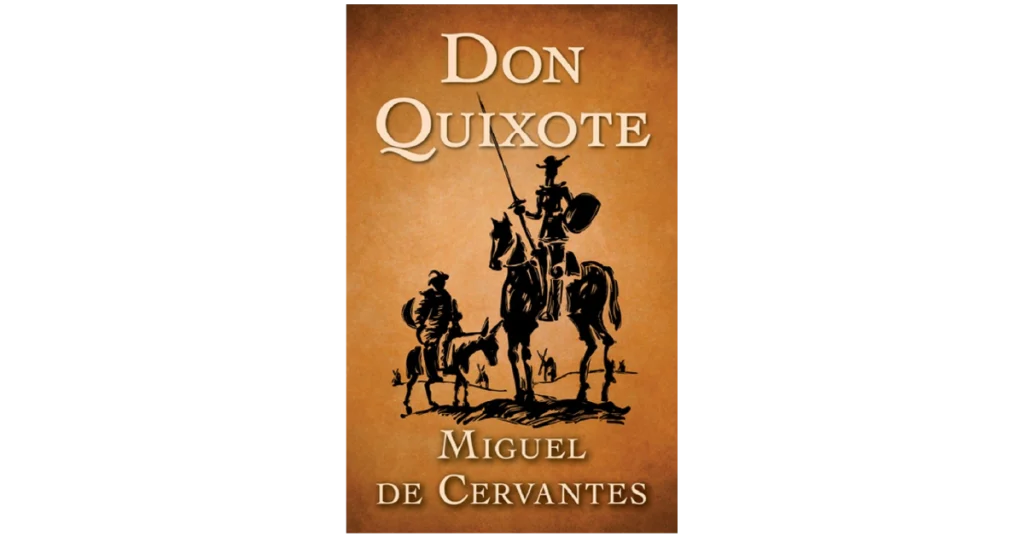
Regarded as the world’s first modern novel, Don Quixote follows a delusional knight on comic misadventures. Its satire of chivalry and profound exploration of human ideals made it a classic.
- Alice’s Adventures in Wonderland – Lewis Carroll
Originally written in English | Translated into 100+ languages
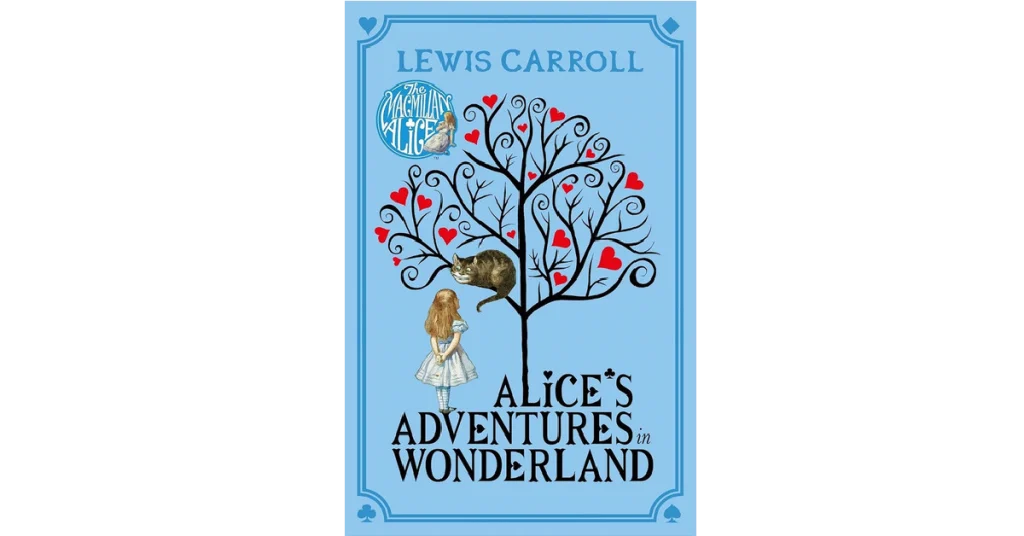
Carroll’s imaginative tale of Alice’s journey into Wonderland introduced playful nonsense literature. Its wordplay and whimsical logic made it a classic of children’s literature.
- Twenty Thousand Leagues Under the Sea – Jules Verne
Originally written in French | Translated into 140+ languages
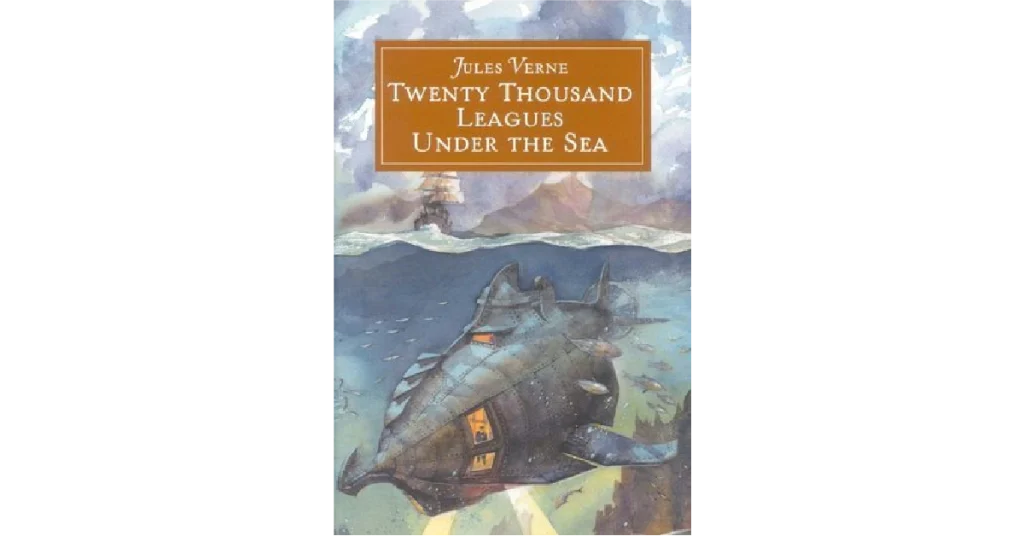
Captain Nemo’s undersea voyages blend adventure with visionary science fiction. Verne’s imagination of submarines and deep-sea exploration fascinated global readers long before they became real.
Why Are These Books So Widely Translated?
- Universal Themes + Unfamiliar Worlds
Despite their diverse settings and plots, these books are united by themes that resonate across cultures, like morality, childhood, imagination, and resilience.
No matter how unfamiliar the world may seem, whether it’s an underwater kingdom or Hogwarts, these themes strike an emotional chord with readers everywhere and transcend cultural boundaries.
- Publishing House’s Efforts
The business side of publishing also plays a key role in a book’s global reach.
With the right publishing network, a book can quickly reach readers in dozens of languages.
Many of the book titles mentioned here were backed by major publishing houses such as Macmillan and Bloomsbury, benefiting from their global reach and influence.
Another factor is simple demand: the more countries want access to a book, the more translations it receives.
- Cultural Impact Beyond Reading
The Little Prince has inspired multiple films and is often studied in schools for its philosophical depth. Pinocchio became a Disney classic and remains part of children’s curricula worldwide.
Andersen’s Fairy Tales (The Little Mermaid, The Ugly Duckling) reshaped children’s literature and inspired Disney films.
The role of literary translators in this success cannot be overstated—it is as important as the author’s.
A literary translator must be an eloquent writer in the target language while also being culturally fluent in both source and target languages, ensuring the book’s essence carries across borders.
Thanks to these global translation efforts, readers everywhere can explore extraordinary worlds they might never have discovered otherwise.
Translating vs Localizing: What Goes Into Adapting Books for the World
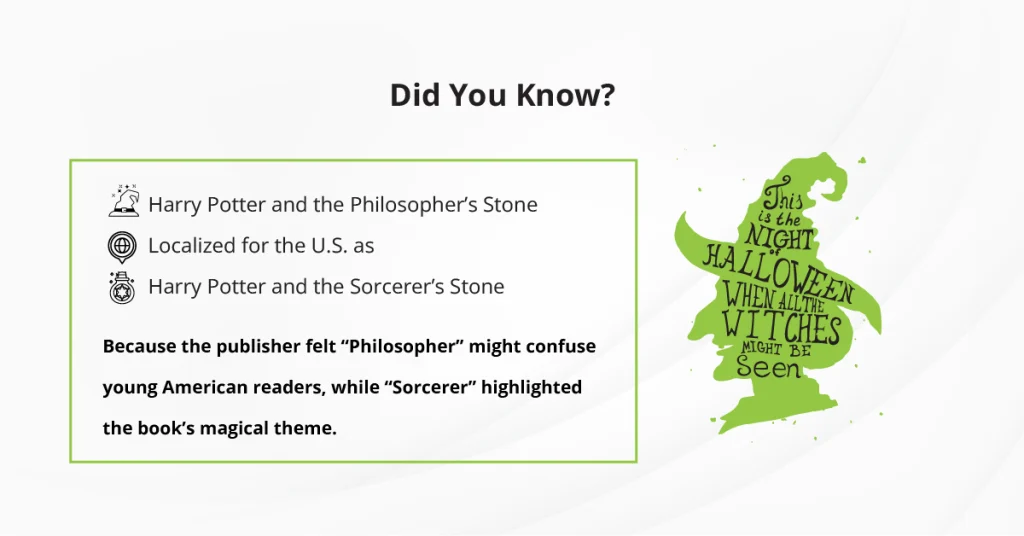
Both literary translation and localization deliver the story’s meaning, but they serve slightly different purposes.
Translation ensures accuracy and preserves the author’s style, while localization goes further, adjusting details to better suit the reader’s culture.
This might mean adapting character names, jokes, or even food references if the original version would feel confusing.
For example, The Little Prince requires careful adaptation of idioms and whimsical expressions so the poetic voice feels just as natural in Arabic, Spanish, or Japanese as it does in French.
High-quality translations, whether straightforward or localized, depend on native literary translators who know when to stay faithful to the text and when to adapt for cultural impact.
Bringing Books to the World: The Role of Professional Translation Services
Behind every global bestseller is often a trusted translation service provider.
Professional translation is about helping authors and publishers share their vision with new audiences while meeting industry standards.
From children’s books to works on philosophy, subject matter expertise ensures that tone, cultural nuances, and age-appropriate language carry across borders.
At the same time, certified experts guide publishers through the maze of publishing requirements, certifications, and legal standards, making sure every edition is ready for global shelves.
Think of The Little Prince, which grew from a French classic to a story loved in over 600 languages. That reach is possible thanks to accurate, high-quality translations that preserve the author’s intent while resonating with readers worldwide.
With the right professional translation partner, your story could be next.

